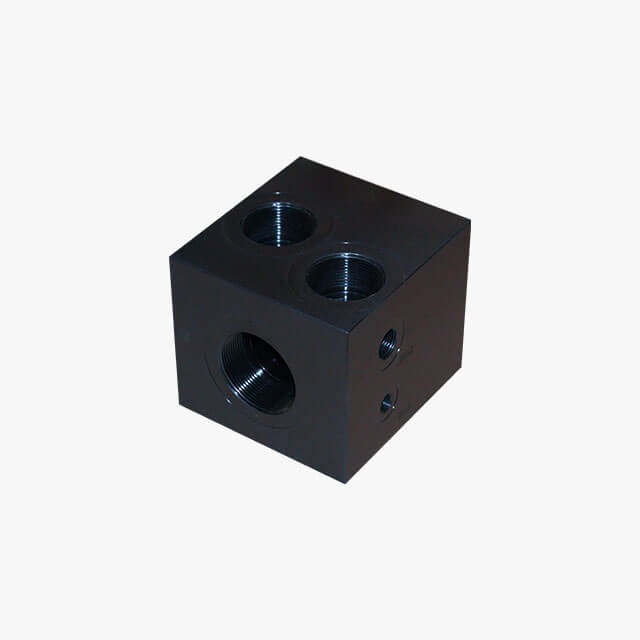Blackening, also known as bluing, is a surface treatment process in which the workpiece forms a layer of blue or black oxide film on the surface of the workpiece at room temperature or heated to an appropriate temperature in air, steam or chemical solution to improve its corrosion resistance and appearance. NaOH solution heating is commonly used in mechanical manufacturing to blacken the workpiece. Compared with zinc plating and chromium plating, the cost is lower and the effect is good. The thickness of black oxide film is 0.5-1.5 μ m. The corrosion resistance is lower than other chemical films.
Valve block manufacturers believe that the control components in pipeline fluid transmission system are used to change the channel section and medium flow direction, and have the functions of diversion, cut-off, regulation, throttling, check, shunt or overflow pressure relief. The stainless steel valve block used for fluid control, from simple stop valve to various valve blocks used in more complex automatic control system, has a wide range of varieties and specifications. The nominal diameter of the valve ranges from small instrument valve to industrial pipeline valve with a diameter of 10m. The valve block can be used to control the flow of water, steam, oil, gas, mud, various corrosive media, liquid metal and radioactive fluid.
